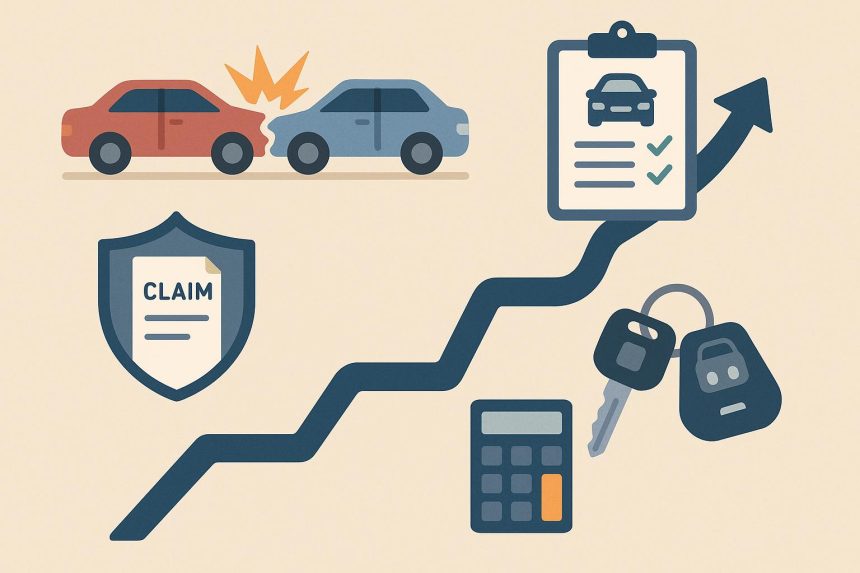With its expansive desert landscapes and growing network of busy roads, Tucson sees a significant amount of daily traffic that increases the likelihood of vehicle accidents. From Speedway Boulevard to Interstate 10, the city’s drivers often navigate a mix of local congestion and high-speed highways. When collisions happen, dealing with the aftermath involves more than just vehicle repairs. Understanding how to navigate the car accident claims process efficiently can make the difference between a drawn-out ordeal and a smoother recovery.
In a city like Tucson, where dealing with insurance companies and legal procedures can feel complex, it becomes essential to know the right steps to take after an accident. Timely reporting, detailed documentation, and clear communication are key elements in managing your claim. For those feeling overwhelmed or unsure how to proceed, a Tucson car accident lawyer can offer invaluable guidance and ensure that no critical steps are missed during the process.
Immediate Steps After the Accident
First, you should move the vehicles away from the road and check for injuries. Contact emergency services even if injuries appear to be minor. This makes sure everyone is assessed for hidden injuries and there is a medical record, which can be very important later.
Once safety has been ensured, it is imperative to collect information. You will want to collect the names, contact information, and insurance information from all parties involved. You should also take photos of the scene, damage to vehicles, and visible injuries.
Contacting the Insurance Company
It is important to notify your insurance company as soon as possible. They usually have narrow windows for reporting accidents, so you should act quickly. Providing factual and accurate information is a great way to make the claims process smoother.
You need to be forthright in providing the particulars surrounding the accident. Lying about the facts or withholding information can cause complications. Keep in mind that the insurance representatives are there to help, but you need to communicate clearly.
Understanding Insurance Policies
Understanding your insurance policy helps you to avoid misconceptions and set realistic expectations. Going through the documents can help you understand what expenses you can expect to be covered. These can include medical bills and vehicle repairs. If anything is unclear, you can call the insurance provider for clarification.
Documenting the Accident
You should maintain a record of every document related to the accident, including the police report, medical reports, and repair estimates. They can substantiate your claims and speed up the process. This record will also help you keep track of every detail and establish a timeline of events.
Working with Adjusters
Insurance companies evaluate damages and decide how much to compensate you. If you cooperate with them and provide them with all the documentation they ask for, you may receive a reasonable decision.
Having the appropriate documents readily available will also expedite the process, as you can answer any questions fairly quickly. If you disagree with the settlement offer, you can negotiate and discuss your concerns.
Repairing the Vehicle
Selecting the right repair shop can make the claims process better. Many insurance companies have a preferred repair facility that may provide a more efficient service, but people also have the right to choose another place for repairs.
It is recommended that you get repair estimates from several shops. This will ensure an accurate calculation of repair expenses, and it can make the starting point for negotiations if needed. It is also helpful to keep the insurance company updated on the repair decision and work being done.
Conclusion
The process of successfully processing a car accident claim is simple. These steps help people go through this process confidently, ensuring they are aware of the requirements to receive the compensation they deserve. Although dealing with a car accident claim can seem daunting, taking a thoughtful, step-by-step approach can make the process easier and less intimidating.
Lynn Martelli is an editor at Readability. She received her MFA in Creative Writing from Antioch University and has worked as an editor for over 10 years. Lynn has edited a wide variety of books, including fiction, non-fiction, memoirs, and more. In her free time, Lynn enjoys reading, writing, and spending time with her family and friends.















